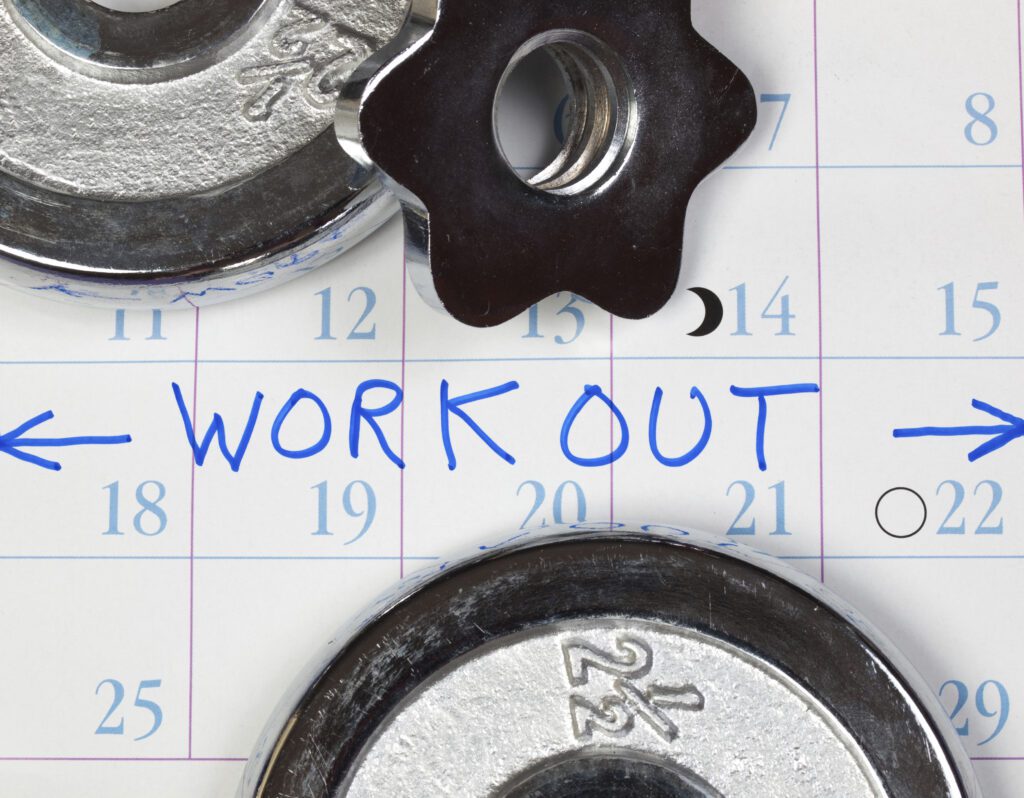How to boost the health benefits of your workouts
It’s easy to fall into the routine of walking or jogging at the same pace every time. But to get the most of our exercise regimen, we need to challenge ourselves.
“The number one thing to do is to increase the intensity that you work out at,” says Belinda Rieger, director of Rehabilitation Services for Haines City’s Heart of Florida Regional Medical Center. The amount of time spent isn’t important unless we want to be endurance athletes.
Rieger advises checking with your doctor to obtain clearance for high intensity workouts. “Train less, but train harder when you do train,” she advises. “In the long run you would increase endurance and increase strength.”
With approval, you can increase sweat time by adjusting your treadmill from straight walking to elevation for a minute, or boost your speed. “Do that for a minute, then drop down to rest, then go back,” she suggests.
With weights, it’s important to challenge yourself by increasing the number of pounds you lift. If you lift five pounds 20 times, you might switch to lifting eight pounds for 12 or 15 times.
Exercising every day for 20 minutes is recommended. “It becomes part of your life,” she explains. “Consistency is what is important, instead of killing yourself for that one day.”
Good exercises that help maximize benefits are: jumping jacks, jumping ropes, running up stairs, squats, pushups, sit-ups, and working on cardiovascular machines with high intensity, she says.
Here are tips from “52 Brilliant Ideas to Pump Up Your Workout” (Penguin, 2008), by Steve Shipside.
* On the rowing machine: Try pitting yourself against times recorded online. See how you rate. Try to improve, or take part in a marathon.
* On the stepper: With resistance fairly low, try pumping steps faster, running, or pedaling on the spot.
* Stretching: The three-way stretch involves your back, arms, and hamstring. Sit on the floor with one leg straight out in front of you. Bend the other leg, pulling your ankle as far up into your groin as you can with the sole of your foot resting on the upper thigh of the other leg. With both hands, reach down the straight leg as far as you can. If you can reach your toes, then hold them; if not, don’t strain. Try not to tense the straight leg. You should feel the stretch across your back and down the back of your leg (hamstring). Hold for 30 seconds, gently release, and switch legs.
CREDITS
story by JESSICA ABELS and CHERYL ROGERS
